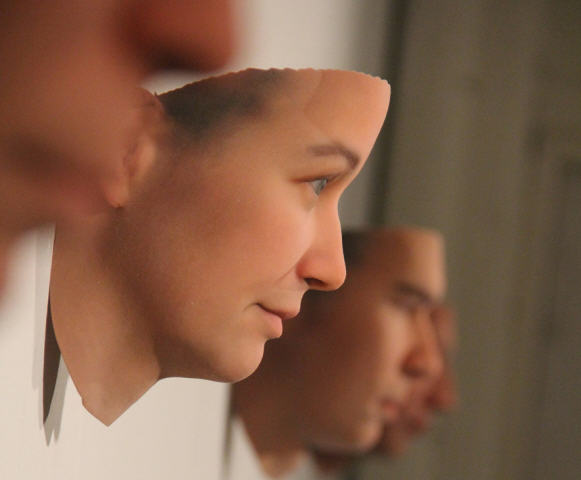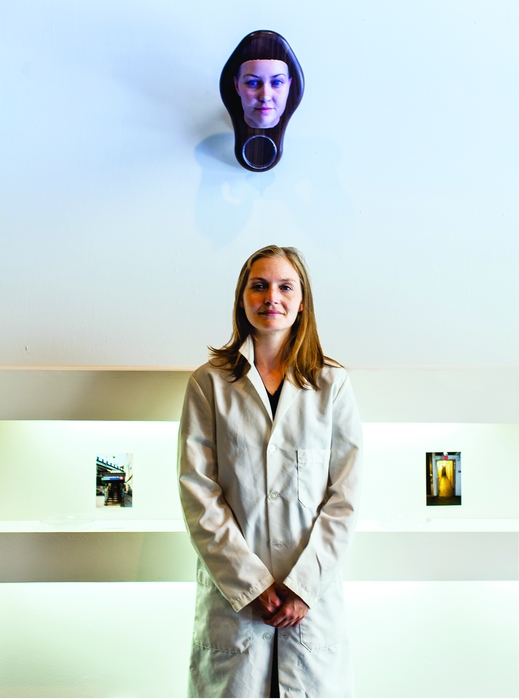Aaron Hernandez, until today a young, rich ($40 million contract) tight end for the New England Patriots football team, has been arrested and charged with the murder of Odin Lloyd, who had been dating his fiancée’s sister.
The key piece of evidence: Bubblicious bubble gum. Prosecutors say they can prove Hendandez purchased gum at a gas station hours before the murder and that they believe a chewed piece of gum found at a crime scene will have DNA from Hernandez, which would place him in the vehicle involved and thus as the murderer.
It can happen to anyone. Not only could it implicate Hernandez in a murder, your saliva on a piece of chewing gum you pitch today could be used to sequence your DNA and surreptitiously read your 'book of life' — including genetic secrets like your susceptibility to diseases. There is no way to stop someone from doing it. If you don't chew gum, a hair will do nicely.
Even weirder: if that stranger also uses the DNA to reconstruct a copy of y-o-u. Yes, prosecutors can not only place Hernandez at the scene of the crime, they could reconstruct his face from that chewing gum.
An art exhibition called "Stranger Visions" by Heather Dewey-Hagborg, a Ph.D. candidate in electronic arts at Rensselaer Polytechnic Institute, takes the debate about the privacy of email and other personal communications to a whole new level. Because Dewey-Hagborg actually used genetic analysis and three-dimensional printing technology to produce facial sculptures of anonymous strangers.

At the Clocktower Gallery, image uncredited and from the Stranger Visions press release.
She collected their DNA from chewing gum, cigarette butts, strands of hair and other items that people have left behind in subways, bathrooms and other public places around New York City.
She even recreated her own face using nothing but DNA.

Dewey-Hagborg poses with a 3-D model of her face based on her DNA. Credit: Dan Phiffer. Link: Chemical&Engineering News
Dewey-Hagborg told Linda Wang at Chemical&Engineering News she learned the basics of genetic analysis from a three-week “Biotechnology Crash Course” at Genspace, a community biolab in Brooklyn. In the lab at Genspace, she extracted DNA from her collected samples and used the polymerase chain reaction to amplify certain regions of the DNA that correspond to specific physical traits. She then used a customized computer program to produce 3-D models of her subjects' faces based on those traits. A 3-D printing company helped her produce the sculptures.
“The point isn’t that I can know everything about a person from a piece of chewing gum,” Dewey-Hagborg told Wang. “Rather that I, as an amateur, can know as much as I do and potentially can know a whole lot more.”
Guarding Our DNA By Linda Wang, Chemical & Engineering News





Comments